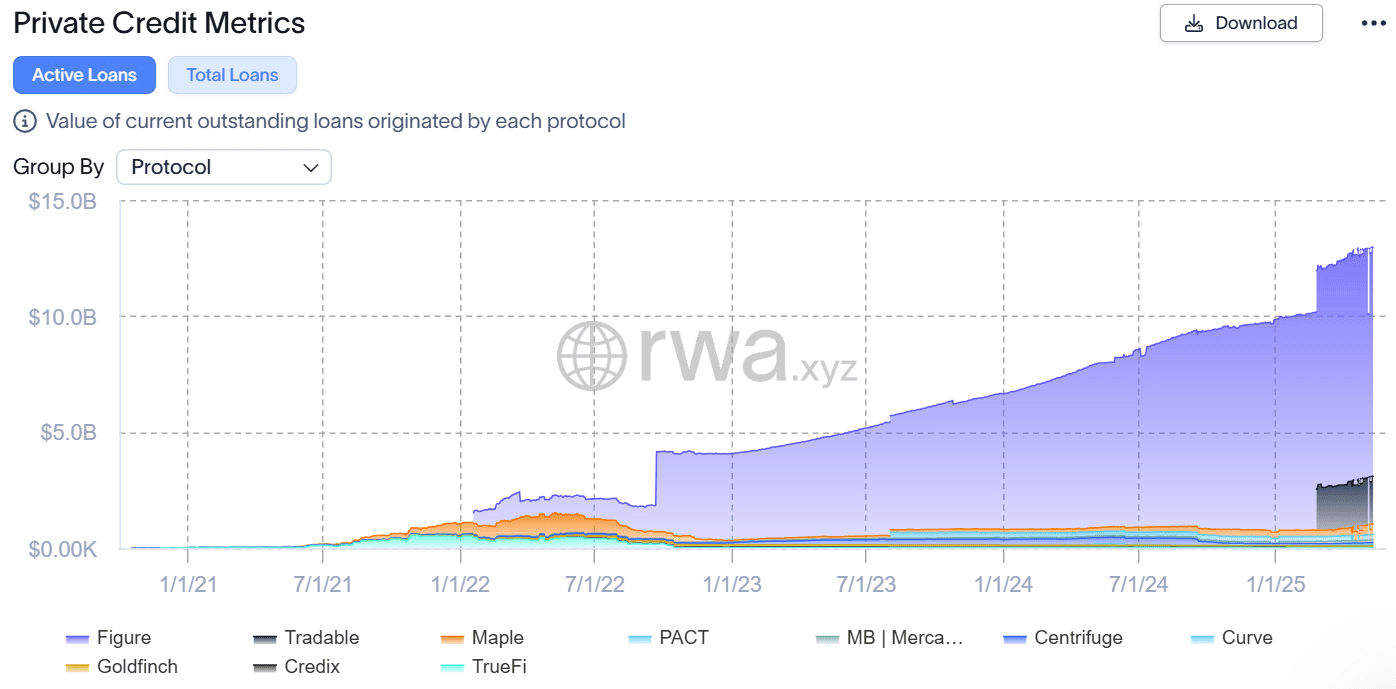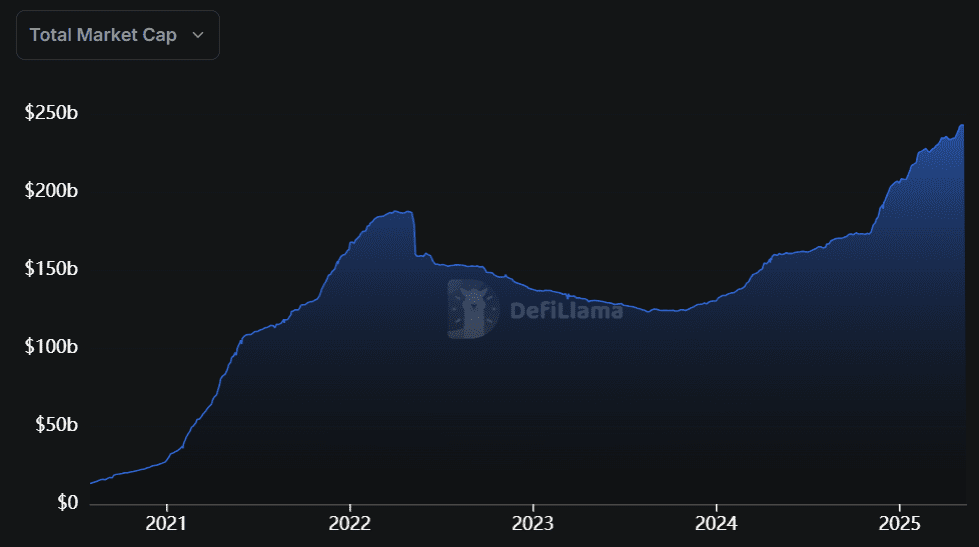Pareto has introduced a new synthetic dollar, USP, designed to connect institutional investors with decentralized finance (DeFi) opportunities. This initiative underscores the growing significance of stablecoins in the broader financial landscape. USP is fully backed by real-world private credit, offering a regulated on-chain entry point for institutions into the RWA credit market.
What is Pareto’s USP Synthetic Dollar?
The USP synthetic dollar is collateralized by stablecoins like USDC and USDT. Users deposit these stablecoins, which are then held as collateral, to mint USP tokens. According to Pareto, each USP token is backed 1:1 by the deposited stablecoins.
The deposited funds are allocated to Pareto’s credit vaults and lent to vetted institutional borrowers, generating yields for the participants. This mechanism ensures that the synthetic dollar maintains its peg to the US dollar.
Key Features of USP
- Native Backing: Each USP token is minted only when an equivalent amount of USDC or USDT is deposited, ensuring full collateralization.
- Arbitrage Mechanism: Supports the stability of the dollar peg.
- Stability Reserve: A protocol-funded reserve acts as a buffer against borrower defaults.
How USP Works
The process of minting USP involves users depositing stablecoins, which are then used as collateral. These funds are placed into Pareto’s credit vaults and lent to institutional borrowers. The yields generated are distributed to the participants, creating an incentive for using the USP synthetic dollar.
Pareto emphasizes that this approach enhances transparency and reduces risks associated with traditional credit markets. By bringing private credit on-chain, Pareto aims to provide real-time transparency, programmable risk management, and automated settlement.
Institutional Entry into RWA Credit Market
The USP synthetic dollar provides institutional investors with a regulated on-chain entry point into real-world asset (RWA) credit markets. This sector of the tokenization industry has seen rapid growth in recent years. Examples include Tradable’s portfolio of credit positions and Apollo’s Diversified Credit Securitize Fund.
Pareto acknowledges the potential risks of connecting DeFi to the private credit sector but emphasizes its approach to risk management. The company was built to address the inefficiencies and opacity that have historically plagued traditional credit markets.
“By bringing private credit on-chain, we enable real-time transparency, programmable risk management, and automated settlement while reducing counterparty risk and operational friction.”

The Role of Stablecoins
Stablecoins, including synthetic dollars, are playing an increasingly important role in the cryptocurrency market. While synthetic dollars represent a smaller fraction of the total stablecoin market, they are driving innovation by introducing new methods for creating and managing fiat-pegged assets.
Ethena, a prominent synthetic dollar network, offers significant annual percentage yields to Staked USDe (sUSDe) tokenholders. Despite the success of synthetic variants, collateralized stablecoins continue to dominate the market.
Impact of Stablecoins
- Innovation: Driving new methods for creating and managing fiat-pegged assets.
- Market Growth: The total stablecoin market is nearing $250 billion.
- Regulatory Attention: US regulators are keen to preserve the role of collateralized stablecoins.
US Regulatory Perspective
The US government recognizes stablecoins as a way to support the dollar’s worldwide use as a reserve currency. Stablecoins are the second-most adopted blockchain use case behind Bitcoin, surpassing NFTs and DeFi.
US regulators have prioritized stablecoin legislation to set the conditions for regulated US financial firms to lead in the stablecoin market and preserve the primacy of the US dollar globally.

Conclusion
Pareto’s USP synthetic dollar represents a significant step in linking traditional finance with the burgeoning DeFi space. By providing a regulated, transparent, and efficient mechanism for institutional investors to access real-world asset credit markets, USP has the potential to reshape the future of finance. As the stablecoin market continues to evolve, innovations like USP will play a critical role in driving adoption and ensuring the stability of the digital economy.